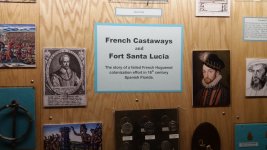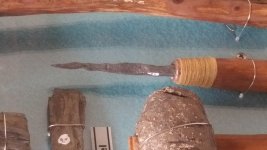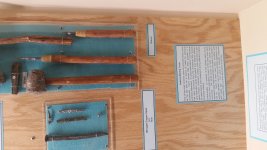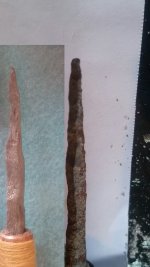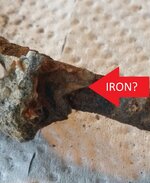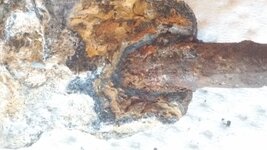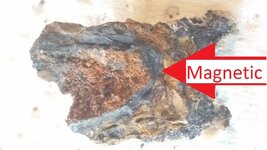Sandog
Bronze Member
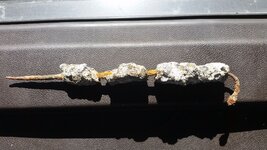
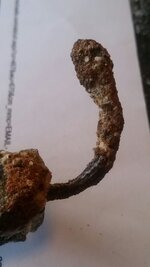
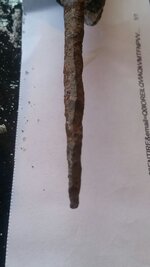
Not sure if this post made it the first time. Can you tell I'm new at this stuff?
Found this at foot of an eroded dune, in an area of 1715 finds in St Lucie county. No idea what it is, nor it's origins. Too slender and long for a spike or nail. About 13.25" long if straightened out and .25" at thickest. Rounded head rather that flat. Definitely appears to be hand wrought. Thought it could be a pin or needle. Might be an eye in that encrusted head. Only my 3rd effort at beach detecting, so I don't have much knowledge of these things. NO knowledge actually. So if you have seen or know of similar items, or even want to put forth a speculation, please do so.
Upvote
8



